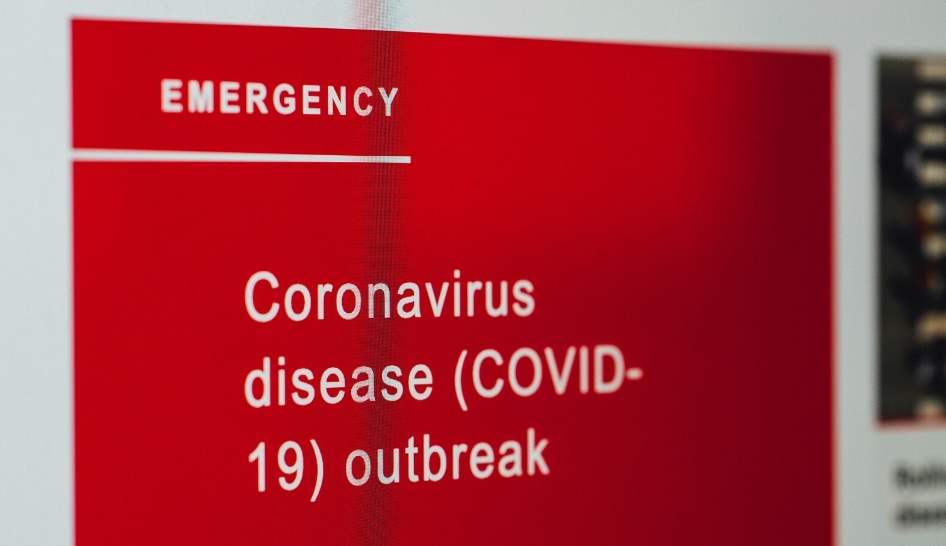Either way, it is important for the club to communicate promptly with their members and staff.
That communication should cover the following:
- That a member of your club has tested positive for coronavirus. Be sure not to reveal any identifying information that would violate the person’s privacy.
- What you have done already and are doing next. Reiterate your current cleaning policy and outline any additional measures you will take moving forward, such as closing the club for extensive cleaning or enacting any further policies around cleaning, social distancing, or screening. Remember, a member with a positive coronavirus case does not mean the exposure occurred in your club.
- What the authorities have recommended you do next. If health authorities don't have an immediate recommendation, and you want to communicate quickly, let members know you are in contact with your state and local health authorities and that you will be following their recommendations.
Your Club Can Play a Role in Contact Tracing
In some states, the capacity to assist contact tracing is required in order to reopen.
Rhode Island guidance requires clubs to collect contact tracing information from employees and members to resume business, while Ohio guidance mandates clubs establish a login process for members/clients and keep that information for use in contact tracing. Most countries around the globe have already issued or planning to issue business reopening protocols including contact tracing. One example is Ireland’s “return to work safety protocol,” which covers all types of businesses including sports and fitness clubs.
For COVID-19, according to guidance from the U.S. Centers for Disease Control and Prevention, contact tracing involves contacting everyone a COVID-19 positive person has come into contact with 48 hours before symptoms started (or in the case of an asymptomatic person, two days prior to a positive test). Close contacts are defined as people who spent at least 15 minutes within 6 feet of a COVID-19 positive person. Close contact may also include being coughed or sneezed on by a person with COVID-19.
Some states are mobilizing large contact tracing teams as economies reopen. If a positive case is identified in your club, you can aid this process by determining if the person was in the club during a time when they were thought to be contagious, and using member check-in software to pull together a list of people who were in the club at the same time as the infected person. You should also identify staff they may have come into contact with during the times they were at the club and potentially infectious.
If you have further questions or information, email your IHRSA member representative.
Additional Resources
Check IHRSA’s pages on closures by state and country to view guidelines for your area.
You can also view the CDC’s COVID-19 Interim Guidance for Businesses and Employers.

